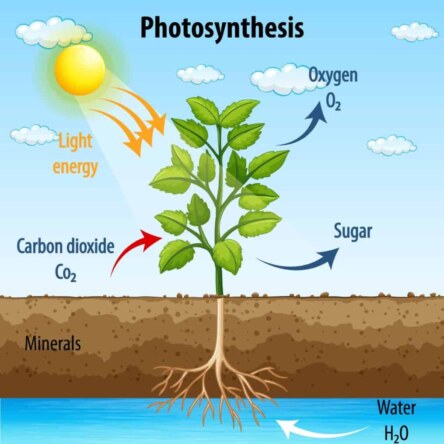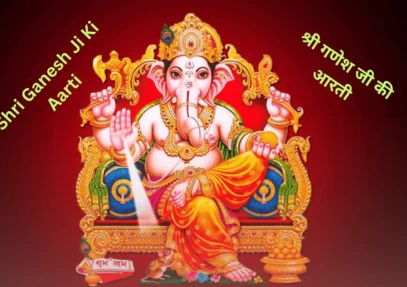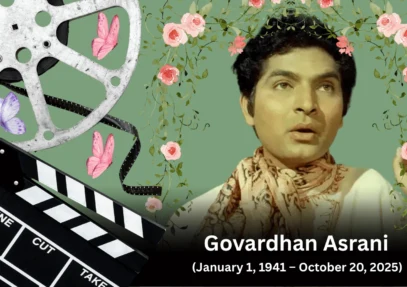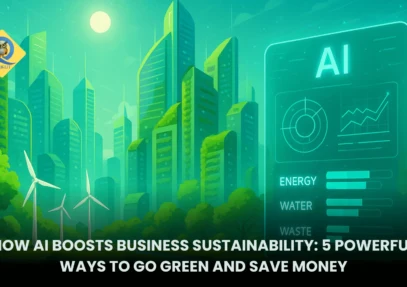What are the main components of the Earth’s atmosphere?
Advancements in vaccine development and antiviral therapies can significantly mitigate the global burden of human metapneumovirus (HMPV) infections in several ways: Prevention through Vaccination Development of Effective Vaccines: Creating vaccines that target HMPV can reduce the incidence of infectRead more
Advancements in vaccine development and antiviral therapies can significantly mitigate the global burden of human metapneumovirus (HMPV) infections in several ways:
- Prevention through Vaccination
- Development of Effective Vaccines: Creating vaccines that target HMPV can reduce the incidence of infections, particularly in high-risk populations such as young children, the elderly, and immunocompromised individuals.
- Herd Immunity: Widespread vaccination can lead to herd immunity, indirectly protecting those who cannot be vaccinated or those for whom the vaccine is less effective.
- Reduction in Disease Severity
- Antiviral Therapies: Effective antiviral treatments can decrease the severity of HMPV infections, leading to fewer complications, hospitalizations, and deaths.
- Early Intervention: With advanced antiviral drugs, early treatment can prevent the progression of the disease, improving patient outcomes.
- Lower Healthcare Costs
- Fewer Hospitalizations: By preventing severe cases through vaccination and managing symptoms effectively with antiviral therapies, the burden on healthcare systems can be reduced.
- Shortened Disease Duration: Effective treatments can shorten the duration of illness, leading to quicker recoveries and less time off work or school.
- Improved Public Health Response
- Rapid Deployment of Treatments: Advanced antiviral drugs can be quickly deployed during outbreaks, controlling the spread of the virus.
- Surveillance and Control: Enhanced vaccines and therapies can be integrated into public health strategies, improving the monitoring and control of HMPV infections.
- Research and Development
- Continuous Improvement: Ongoing research into HMPV vaccines and antiviral therapies ensures the development of more effective and safer options.
- Combination Therapies: Future advancements may lead to combination therapies that offer both preventive and curative benefits, further reducing the global burden.
Overall, advancements in vaccine development and antiviral therapies are crucial in reducing the incidence, severity, and economic impact of HMPV infections, contributing to better global health outcomes.
See less









Nitrogen, oxygen, argon, and carbon dioxide are the main components.
Nitrogen, oxygen, argon, and carbon dioxide are the main components.
See less